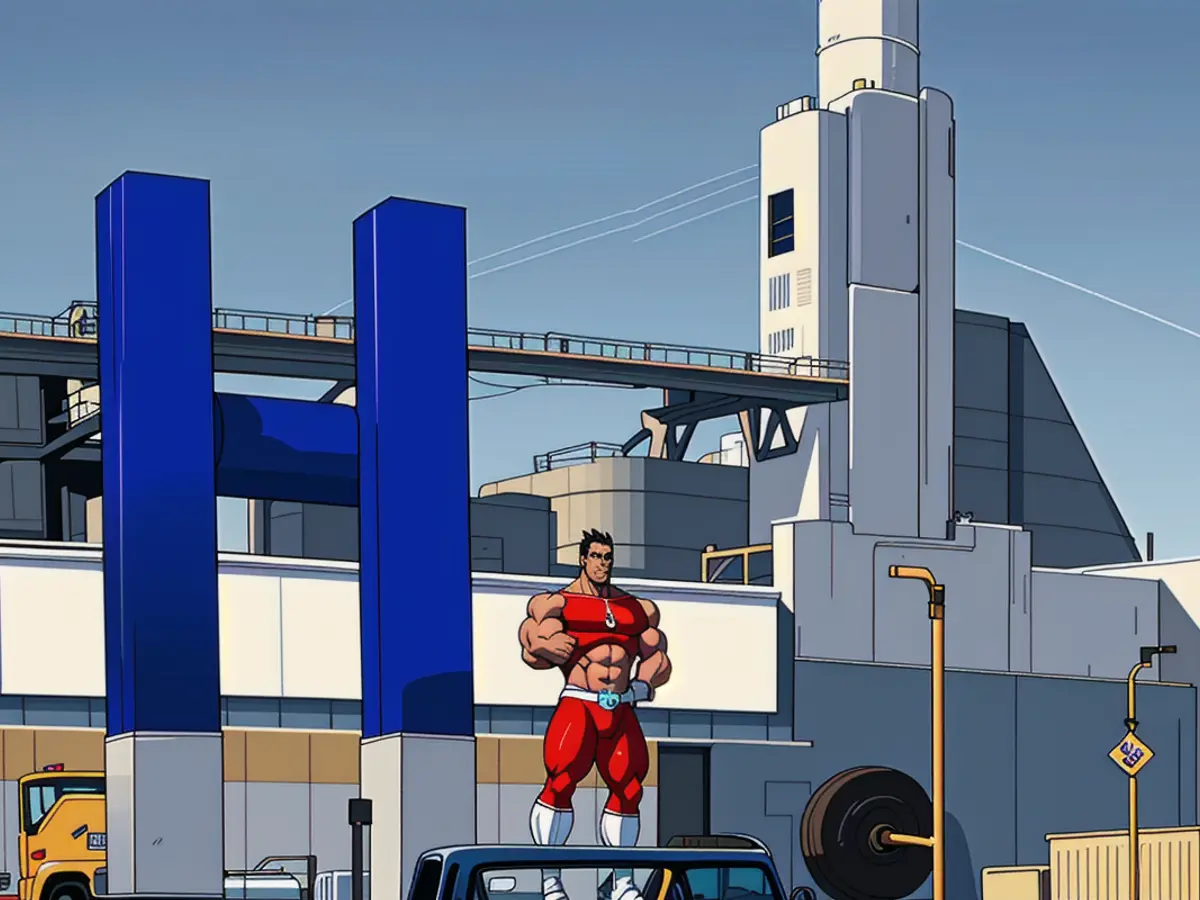Hydrogen and Climate Change: A Fresh Perspective
In the quest for a climate-neutral future, hydrogen is poised to take center stage in Germany. This gas will be instrumental in generating electricity in power plants, particularly when renewable sources like wind and solar energy fall short. Additionally, hydrogen is set to replace coke in blast furnaces for steel production, reducing carbon dioxide emissions significantly. However, the challenge lies in sourcing the substantial quantities needed for these applications.
Germany currently consumes around 1.65 million tons of hydrogen annually, primarily in the chemical industry. The majority of this hydrogen is produced from methane, a process that results in carbon dioxide emissions. This hydrogen is often referred to as "gray." Plans for a significant expansion of hydrogen production and import are already underway.
To cater to the anticipated demand of 40-75 terawatt-hours by 2030, the hydrogen strategy envisions both domestic and international sources. Around 50-70% of the necessary hydrogen is projected to be imported by 2030 from countries with abundant solar and wind energy resources. These resources will be harnessed to produce hydrogen, which will then be transported to Germany via pipelines and ships.
Remaining domestic production will mostly take place in large-scale facilities called electrolyzers. In these facilities, water is split into hydrogen and oxygen using electricity. If renewable energy sources are utilized, the resulting hydrogen is dubbed "green." Germany aims to establish at least 10,000 megawatts of electrolyzer capacity by 2030.
The realization of this target depends on the success of ongoing and planned electrolyzer projects. While Germany currently has around 154 megawatts of installed electrolyzer capacity, projections indicate a total capacity of 13,400 megawatts by 2030. However, achieving this requires successful implementation of all announced projects and expediting the expansion of renewable energy generation.
Uncertainty surrounds the import of green hydrogen due to the wide-ranging future prices on the global market. Nevertheless, several partnerships and agreements have been established to address this need, with several countries expressing interest in building electrolysis capacities.
Private households might be curious about integrating hydrogen into their daily lives, particularly in vehicles and heating systems. However, end-users may face high future prices due to initial scarcity. Hence, transparent communication of these challenges is crucial to maintain public acceptance of hydrogen's role in Germany's energy transition.
In summary, Germany is employing numerous strategic initiatives to meet its future hydrogen demand, including pipeline network development, electrolyzer installations, green hydrogen projects, and an import strategy. These efforts align with Germany's objectives of transitioning to a low-carbon economy and phasing out high-emission technologies.
The chemical industry in Germany is a significant consumer of hydrogen, utilizing around 1.65 million tons annually. shift towards more sustainable hydrogen production methods is crucial, as the majority of this hydrogen is currently produced from methane, leading to carbon dioxide emissions.
Given the chemical industry's reliance on hydrogen, transitioning to 'green' hydrogen, produced through renewable energy sources like solar and wind, could significantly reduce its carbon footprint.





